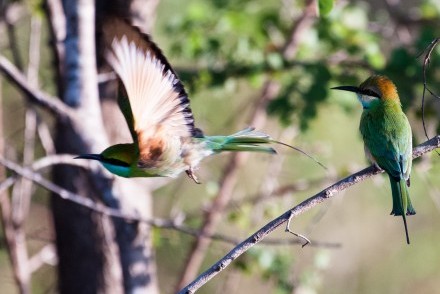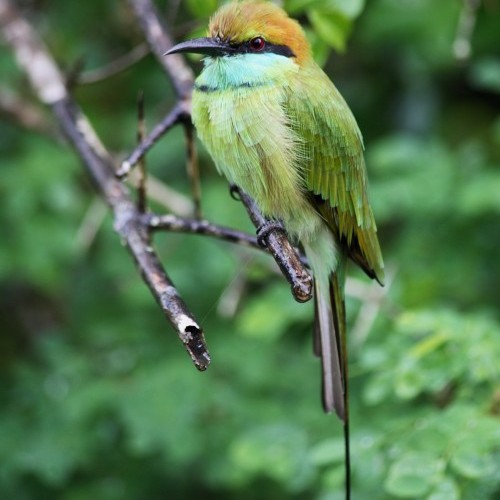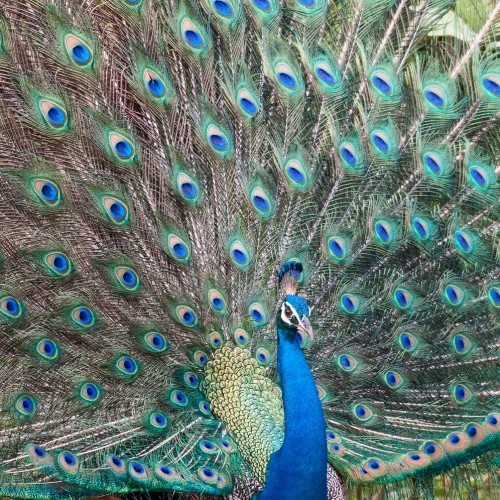Price
From £2,745 per person.
Includes H/B (B&B with dinner) accommodation, a/c transport with naturalist chauffeur guide, entrance fees & activities, and taxes.
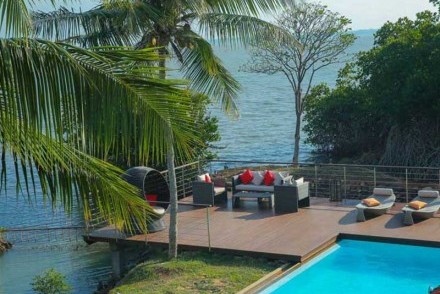
Arrive Colombo airport and greeted by your dedicated Tikalanka naturalist guide.
Transfer to Negombo on the island’s west coast close by.
One night at Villa Hundira, which is an elegant home-from-home situated in a secluded location on Negombo lagoon. The comfortable and stylish rooms are complemented by a relaxed ambience. Indira, one of the passionate owners, runs an on-going community project, Thimble, which supports local fisher folk through an arts and crafts workshop in-house.

Head north to Wilpattu.
Two nights under canvas at Big Game Camp, which is a tented safari camp experience bordering the southern reaches of Wilpattu National Park. Surrounded by bush forest and adjoining a lake, the camp is visited by elephants and has a rich birdlife. Enjoy comfortable tents, alfresco meals and a campfire in the serenity of nature.
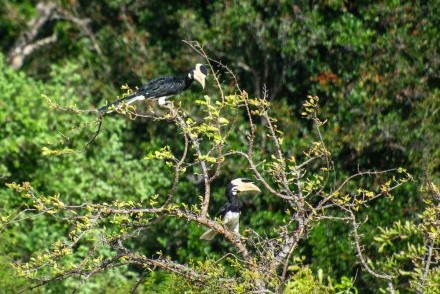
All-day jeep safari in Wilpattu National Park, which is the island’s largest wildlife reserve at 131,693 hectares as well as one of the oldest and most important protected areas in Sri Lanka. Principally a dry lowland zone, the main topographical feature in the park is the concentration of ‘villus’. Though looking like lakes, these ‘villus’ are in fact basin-like fault depressions in the earth that fill with rain water during the monsoon season. The ‘villus’ attract a variety of animals including leopards, elephants, sloth bears, crocodiles, water buffalos and deer. The ‘villus’ also support a variety of resident and migratory waterfowl , including Painted & Open-billed Storks, Garganey, Whistling Teal and Spoonbill, as well as forest or scrub dwellers such as the Racquet-tailed Drongo, Asian Paradise Flycatcher, Crimson-breasted Barbet and Malabar Pied Hornbill.
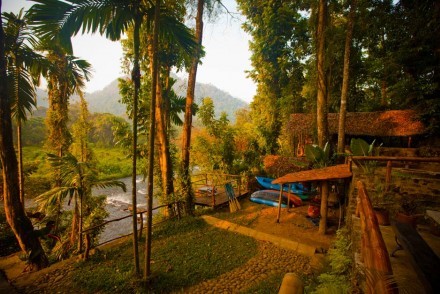
Drive south to Kitulgala in the foothills of the western Hill Country, made famous by the cinematographic epic, Bridge on the River Kwai, which was filmed here in 1956.
Two nights at Borderlands Eco Lodge. Overlooking the Kelani River, the eco lodge and jungle camp provides a ‘glamping’ experience for those who need a certain degree of comfort. Surrounded by mountains and the clear, rushing river below, the site is truly stunning.
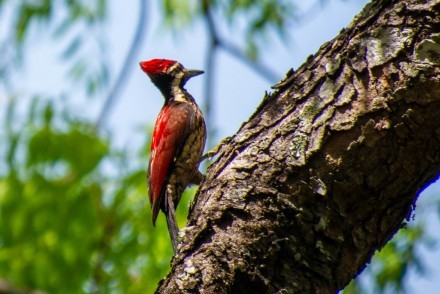
A half-day hike through Makandawa Rainforest Reserve, a spectacular area of jungle-clad hills and plantations growing low-country tea and rubber, which was established to protect the watershed of the Kelani River. (packed lunch included)
Similar to Sinharaja, the lowland rainforest around Kitulgala is one of the best spots to see endemic bird species on the island. For example, the Chestnut-backed Owlet, Sri Lanka Hill Munia and Sri Lanka Small Barbet are all resident here, and the Green-billed Coucal is certainly easier to see at Kitulgala than in Sinharaja. Other exciting endemics residing here include the tiny Sri Lanka Hanging Parrot, Orange-billed Babbler, Sri Lanka Grey Hornbill and Yellow-fronted Barbet. As well as these unique Sri Lankan residents, the forest is rich in other birdlife such as the shy (but noisy!) Black Bulbuls, Black-rumped Flameback Woodpecker, Crested Goshawk and Crested Tree Swifts. Also look out for Indian Swiftlets swirling overhead.

After breakfast, head into the upper Hill Country, following the winding vertiginous roads through the velveteen slopes of verdant tea plantations and past spectacular waterfalls and impressive mountain scenery on your way to Nuwara Eliya, the British colonial capital of the Hill Country and the highest town in Sri Lanka at 1900 metres above sea level.
On arrival, visit Victoria Park, which is a particularly good area for spotting Himalayan migrants (Forest, Grey & Yellow Wagtails, Indian Blue Robin, Indian Pitta, Kashmir Flycatcher and Pied Thrush) and Sri Lankan endemics (Dull-blue Flycatcher, Sri Lanka White-eye and Yellow-eared Bulbul).
One night at Oatlands by Jetwing, which is a colonial bungalow located in the heart of the town offering classic upcountry elegance, a luxuriously restored vintage retreat and cosy private home.
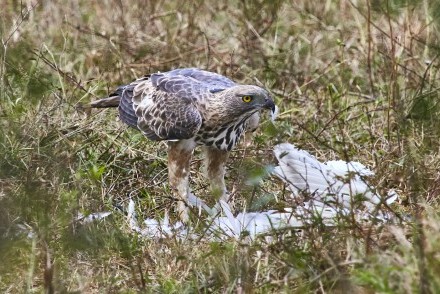
Drive to Horton Plains for an early morning bird watching trek through the heath and forest of Horton Plains National Park, which is a highland plateau comprising of montane grassland and elfin forest. Horton Plains is a particularly good area for spotting endemics, including: Black-throated Munia, Dull-blue Flycatcher, Orange-billed Babbler, Sri Lanka Bush Warbler, Sri Lanka Blue Magpie, Sri Lanka Whistling Thrush (endangered), Sri Lanka White-eye, Sri Lanka Wood Pigeon and Yellow-eared Bulbul. Raptors such as the Black Eagle and Mountain Hawk Eagle are also found here.
Continue to Ella in the southern Hill Country for an afternoon in the cool mountain air of Ella Gap.
One night at 98 Acres Resort & Spa, which is a luxury retreat with spectacular views in an idyllic location at the southern end of the Hill Country. Surrounded by the eponymous scenic tea estate in Uva Province, it was constructed with the emphasis on eco-friendliness and sustainability.

Drop down to Wellawaya on the southern plain through Ella Gap before continuing south across the hot and dry southern plain to Yala, via Tissamaharama (Tissa).
Afternoon jeep safari in Yala National Park, which is one of the island's best-known reserves and one of its largest. This Dry Zone region has a diversity of habitats including scrub jungles, freshwater reservoirs, brackish lagoons and riverine environments. A former hunting reserve transformed into a nature park in 1938, Yala National Park, also called “Ruhuna”, is home to more than 390 elephants, several of which are tuskers, and around 120 leopards, reportedly the highest density of leopards in the wild anywhere in the world. Watching elephants go for their bath at sunset or seeing leopards laze about on the rocks at dusk are the most popular natural spectacles at Yala National Park. You may also see other species of mammals such as sambar and spotted deer, wild boar, buffalo, musk deer, black bear, the unique small Loris, toque macaque and langur monkeys, jackal, wild cats, mongoose, porcupine, anteater, and the enigmatic sloth bear. Over 200 species of birds have been recorded in Yala National Park, including the Adjutant, Black-necked, Painted & Woolly-necked Storks, Blue- & Red-faced Malkohas, Brahminy Myna, Brown Fish Owl, Malabar Pied Hornbill, Pompadour & Orange-breasted Green Pigeons, Rosy Starling, Sri Lanka Junglefowl, White-bellied Fish Eagle, three species of Bee-eaters, and large numbers of waders (including three species of pratincole and two thick-knees).
IMPORTANT – Yala National Park (Block 1) is closed from 01 September for up to 2 months annually as a respite period for the animals and environment at the end of the dry season.
Return to Tissa.
Three nights at Kithala Resort, which is set in peaceful, leafy grounds, including a swimming pool, and surrounded by paddy fields and attractive countryside home to an array of birdlife, hence its name – kithala or purple coot. It is conveniently located for arranging jeep safaris in Yala and Bundala National Parks.
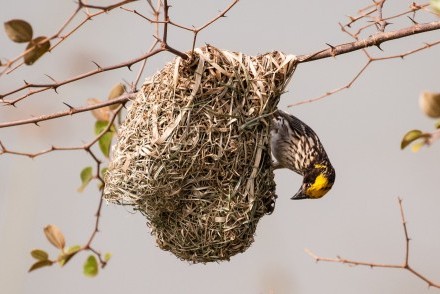
Early morning AND afternoon jeep safaris in Bundala National Park, which is the first Ramsar site (wetlands of international importance) in Sri Lanka and it is the most significant wetland for birds on the island outside of Northern Province. The shallow, brackish lagoons and saltpans of the park are among the most important overwintering areas for migratory shore birds in the country. This bird sanctuary is home to every species of water bird resident in the country. The rare Black-necked Stork is said to be a breeding resident in Sri Lanka. Vagrants turn up occasionally including the Black-tail Godwit, Capion & Ringed Plovers, Caspian, Gull-billed, Great Crested, Lesser Crested & Little Terns, Common Avocet, Common Redshank, Golden, Greater & Lesser Sand Plovers, Greater Flamingo, Marsh, Wood, Green & Terek Sandpipers, Pintail Snipe, Red Knot, Red-necked Phalarope, and Turnstone. The forest still harbours elephants as well as toque macaque and common langur monkeys, jackal, leopard, fishing and spotted cats, mongoose, wild boar, mouse, barking and spotted deer, sambar, black-naped hare, Indian pangolin, porcupine, mugger and estuarine crocodiles, common monitors, star tortoise, and pythons.
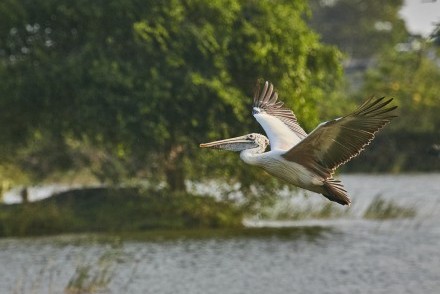
Another early morning jeep safari in Bundala National Park.
In the afternoon, visit Weerawila Bird Sanctuary, which is a composite of succulent wetlands surrounding Weerawila Lake that attracts many bird species, including the majestic Sri Lanka Junglefowl, Ceylon Wood Shrikes, Great Cormorant as well as various Barbets, Egrets and Swallows.
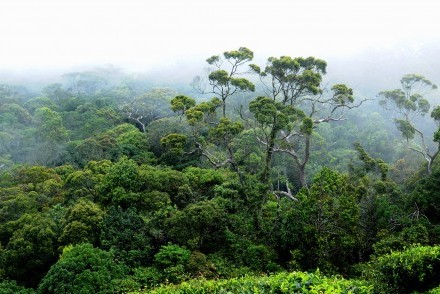
Return to Yala for another early morning jeep safari in Yala National Park.
Head west to Deniyaya in the southern region of Sinharaja Forest Reserve, a UNESCO Biosphere World Heritage Site and one of the last pockets of Sri Lanka's once extensive cover of rainforest.
On arrival, follow the ‘Waterfall Trail’ from the lodge.
Dominated by the tall majestic hora and kina trees, the forest canopy is often over 40 metres high and close-galleried, thus providing a shrub-free, easily traversed forest floor. This evergreen tropical rain forest boasts some incredible statistics. Of the many types of trees and lianas, 66% are endemic, and over half of Sri Lanka's endemic butterflies and mammals, including leopards, rusty spotted and fishing cats, sambars, barking deer, wild boars, langurs, squirrels, porcupines, pangolins, mongooses, and bats, live here. Sinharaja Forest Reserve is the single most important site in Sri Lanka for endemic birds and mixed species bird flocks. According to a study of the mixed species bird flocks in the area, 42 individual birds on average occur in the flocks, which makes this flock the world's largest mixed species bird flock. Highlights include: Ashy-headed Laughing Thrush, Chestnut-backed Owlet, Green-billed Coucal, Orange-billed Babbler, Red-faced Malkoha, Spot-winged Thrush, Sri Lanka Blue Magpie, Sri Lanka Junglefowl & Spurfowl, Sri Lanka Myna, White-faced Starling, and White-throated Flowerpecker.
Two nights at The Rainforest Ecolodge, which is tucked away in the wilderness of the Sinharaja rainforest, seamlessly blending sophisticated luxury with a comfortable immersion in nature. Designed to minimise its impact on the environment through a closely managed sustainable development, the lodge consists of comfortable chalets constructed with recycled materials and it has received the coveted LEED Certification for leadership in energy and environmental design.
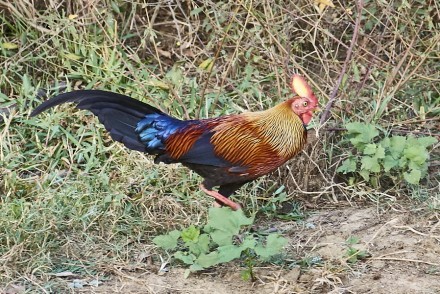
In the early morning, follow the ‘Birdwatching Trail’.
After dark, follow the ‘Night Trail’.
Various other nature trails, either guided or unguided, are available directly from The Rainforest Ecolodge.
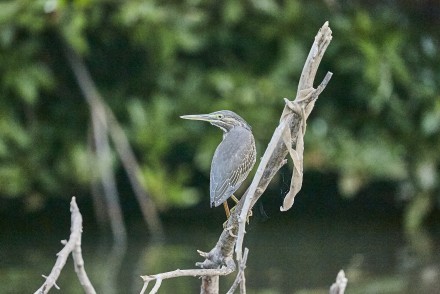
In the early morning, follow the ‘Nature Main Trail’.
Leave Sinharaja and drop down to Galle on the island’s south coast, famed for its Dutch colonial era fort.
On arrival, enjoy a boat safari through the mangroves and lush vegetation along the Mahamodara River, which offers great opportunities for spotting birds, butterflies, monitor lizards, and much more! A variety of water-borne birds can be seen including the Common, Indian-pied & White-breasted Kingfishers, Indian Shag, Large & Little Egrets, and Purple & Grey Herons. Among the forest dwelling birds are the Pompadour Green Pigeon and Spotted Dove as well as various Barbets, Bee-eaters, Coucals, Drongos and Parakeets. The birds of prey include the Brahmini Kite, Tank Eagle and White-bellied Sea Eagle.
One night at Fort Bliss, which is a comfortable four-bedroom town villa with courtyard garden and sit-out veranda within the Fort. Elegantly furnished and built in harmony with the original colonial Dutch architecture of the 17th century, it is located only a few metres from the famous ramparts.

Transfer to the airport, via the Southern Expressway, for your flight home.
